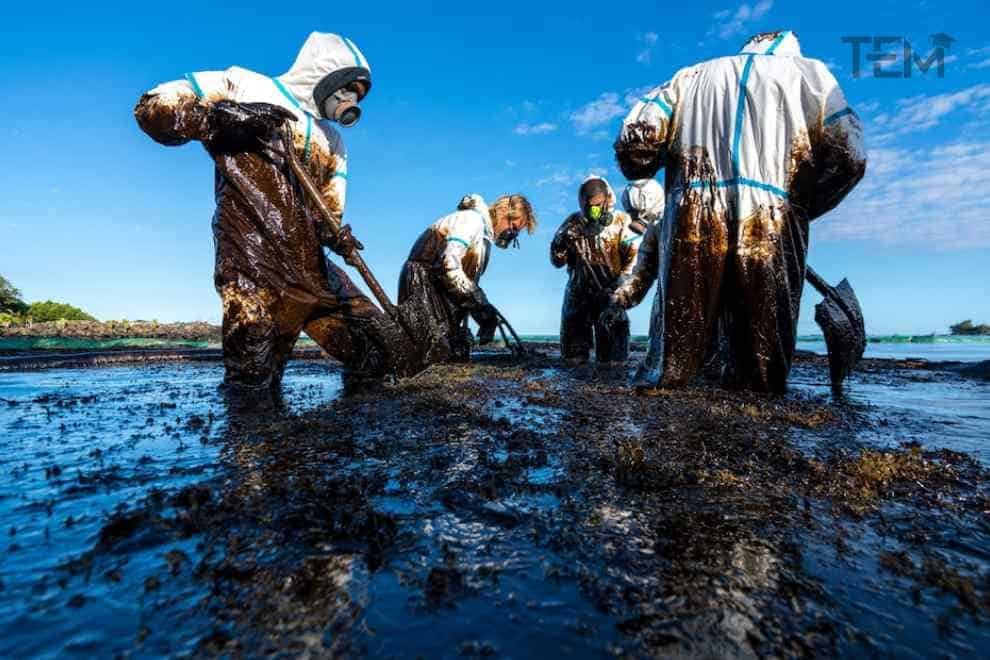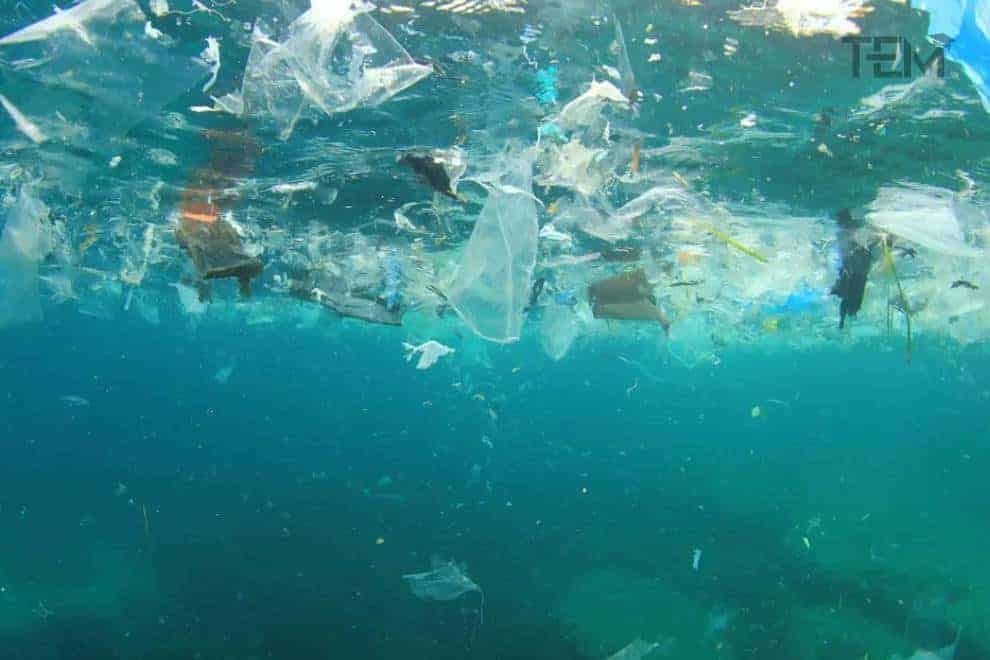All of us know that water bodies account for 71% of the natural equilibrium and constitute an important part of the natural cycle. Thus, a significant amount of living species live inside the water, predominantly inside oceans. Unfortunately, human intervention has put these aquatic lives in jeopardy. It is predicted that plastics will outnumber marine life by 2050. This mass pollution from plastic, oil, fabrics, and industrial waste, is not only affecting marine life but also pushing marine species to extinction. Not only this, there are many unsettling facts about ocean pollution that are hard to digest.
However, it is not too late if we act immediately. It is important to be concerned and aware of the damage and consequences led by pollution. So, let’s look at some daunting facts about ocean pollution which will hopefully give us the required push to act.
Facts about Ocean Pollution
1. There are more microplastic particles in the water than stars in the Milky Way galaxy.
Every year, 8 million tonnes of plastic enter the oceans. It’s the equivalent of tossing a garbage truck full of plastic into the ocean every minute. Plastic does not decay; instead, sun exposure and wave action break it down into progressively smaller bits known as microplastic (smaller than 5 mm). Then it can make its way up the food chain, but it never goes away.
2. Every year, over 100,000 marine species die because of entanglement and ingestion of plastic.
Plastic waste can absorb poisonous compounds from pollution in the ocean, killing anything that eats it. It poses a serious health risk to a variety of aquatic species and the entire marine ecosystem. Plastic has been ingested by more than half of all sea turtles. Ocean pollution kills about one million seabirds every year, and 300,000 dolphins and porpoises are killed by being entangled in discarded fishing nets and other debris.
3. Land-based pollution is the most significant cause of pollution in the ocean.

Larger causes of pollution in the water include oil, soil, sewage tanks, farms, ranches, and motor vehicles. Every day, tens of thousands of tonnes of rubbish and debris are dumped into the ocean. When plastic dissolves, which takes about 400 years for most plastics, toxins are released into the environment, further polluting the oceans.
4. There is so much trash at sea that gigantic garbage patches have formed, the greatest of which being the Great Pacific Garbage Patch.
Garbage patches formed by the trash can be found from the ocean’s surface to the ocean’s depths. In the ocean, there are five gyres: one in the Indian Ocean, two in the Atlantic, and two in the Pacific. The Great Pacific Garbage Patch is the largest.
5. In the Pacific Ocean, there is a trash island twice the size of Texas:
There are about 1.8 trillion bits of rubbish in the North Pacific Gyre off the coast of California. In the immediate neighbourhood, the amount of floating plastic bits outnumbers total marine life by a factor of six.
6. Microfibers cause pollution as well.
Over 700,000 synthetic microfibers are washed into our waterways with each cycle of laundry. Unlike natural fibers like cotton or wool, synthetic microfibers account for up to 85% of all non-biodegradable beach rubbish.
7. Oil spills kill marine life by suffocating it, causing behavioral abnormalities and a collapse in thermal insulation in those who survive.

Oil is the most rapid source of ocean degradation, significantly more destructive than trash and waste. However, genuine oil spills account for just around a quarter of the oil discharged in the ocean (about 12%). Most oil that pollutes the water comes from land drainage. It essentially transforms an afflicted area’s entire ecosystem, such as a lengthy coastline or deep ocean.
8. Toxic metals can harm marine life’s biochemistry, behavior, reproduction, and growth.
Oil, trash, and solid wastes are not the only sources of contamination in the ocean. Pollution is also caused by the discharge of radioactive waste from nuclear reactors, industrial waste (such as heavy metals and acids), and sewage that has been drained.
9. The number of dead zones is increasing.
Eutrophication has created large dead zones in many regions of the world, including the Gulf of Mexico and the Baltic Sea. In 2004, scientists discovered 146 hypoxia or dead zones in the world’s oceans, which are places with such low oxygen concentrations that animal life suffocates and dies. By 2008, the figure had risen to 405. Oceanographers discovered the largest dead zone ever measured in the Gulf of Mexico in 2017, about the size of New Jersey.
10. Increased ocean acidification is the effect of greenhouse gas emissions.
Ocean acidification causes mussel populations to decline. Bivalves such as mussels, clams, and oysters are finding it more difficult to create shells, reducing their chances of survival, disturbing the food chain, and harming the multibillion-dollar shellfish business.
The Change starts with you…!
This is just the tip of the iceberg. Just like the amount of plastic, there are many unsettling facts about ocean pollution that you should be concerned about. If things continue like this, we will be the victim of our own irresponsibility. “Your future is created by what you do today, not tomorrow”, a quote which pretty much goes with every aspect of life and seriously implies the current situation of the ocean bodies.
Start spreading awareness, reduce, reuse, and recycle the usage of plastics. Pick up litter whenever you see it, no matter what it is, and dispose of it correctly. It is the 21st century and we have every resource available to make a bright future ahead, but we are forgetting our grounds. Let’s put a stop to any form of pollution. And be aware and responsible as the change starts with you.
Also Read: Shark Species are on the Verge of Extinction! Read why











